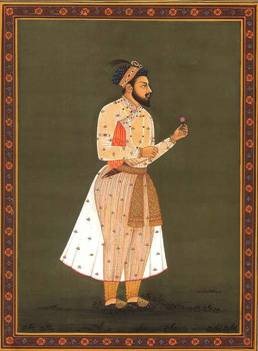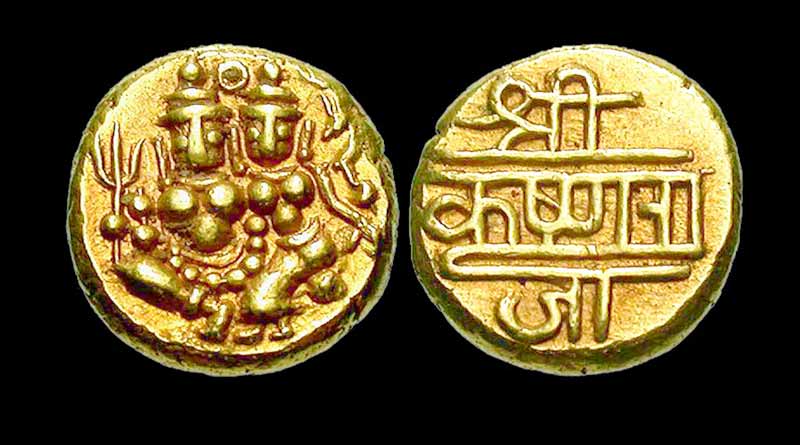What was sufism

Love and generosity are the basic values of the Sufi and Bhakti movement. The mystic spirit of both of them contributes to their moral progress by raising them above the barriers of individuals, sections of society, religion, wealth, power and position.
Sufism was initiated in Iran as a mystical movement within Islam, in which attempts were made to overcome the differences of Shia and Sunni sects. The word Sufi is derived from the word Safa in Arabic – which means sanctity, which means that those who were spiritually and morally clean were called Sufi. 10 V. Century In the case of Mutazil or Ottoman Buddha philosophy, the legacy came to an end and the birth of the Puranic ideology was based on the Quran and Hadith. At this time Sufi mysticism was born. The composition of conservatives was divided into four ideologies of Islamic law. Hanafi ideology was among the most moderate of this. This was adopted by the Eastern Turks and these Eastern Turks came to India in the end.
The Mysticists were born before Islam long ago. This was later called Sufi. Early lists like women mystic Rabia and Mansur-bin-Hajj gave a lot of emphasis on love relations between God and the person. But due to their pantheistic vision, there has been a conflict situation between them and the traditionalist elements. These conservatives hanged Manzoor on the strength of rumors.
Al-Ghazzali tried to reconcile between the mysticism and Islamic traditionalism. Before the establishment of the Delhi Sultanate in India, the arrival of the Sufi series At this time (12th century), the Sufi sect was divided into twelve series.
The significance of the relationship between Guru (Peer) and the disciple (Murad) in Sufi ideology is very high. Each Peer appointed his successor (Valli). Sufi philosophy only used to believe in God (monotheist). According to them God is one and everything is in God. Sufis had a simple life. They did not believe in idol worship. Music and singing were considered to be helpful in taking the name of God and Bhavah used to sing dancing in different ways.
The Sufi series is divided mainly into two sections – (1) Ba-shara meaning that they believed in Islamic law (Shara). (2.) Be-shara, that is, those who were not tied to Islamic law (shara).
Unusual – Most of the strollers were Sufi sages.
Mansoor Bhalaj was the first seeker who declared himself non-neglected and sacrificed his life. Mansur became a symbol of Sufi ideology in subsequent periods.
Ibn al-Aarabi was the first person who propounded the principle of important Vahadat-ul-Vujud in the Sufi world. Sufi mysticism originated from the doctrine of the unity of Bahdat-ul-Vujud or God. Abul Fazl has mentioned fourteen Sufi serials in Aaine Akbari. Among them, Chishti, Suhrawardy, Kadiri and Dashmandhi have been very famous.
Baa-Shara (who believe in Islamic legislation) – only two of the Silasilon became more popular in North India. These were chisti and suhrawardi.
Sufi serial-
Chishti sect-
According to Syed Muhammad Hafeez, Chishti is India’s first ancient Sufi series. Khwaja Muinuddin Chishti came to India with the army of Shihabuddin Ghori in 1192 AD (12 V. Century.) And afterwards he laid the foundations of Chistsy tradition. He adopted many Hindu customs in india. The Chishtis were generous in nature. God’s love and service to man were among his main principles. The Sufis of this series used to live like Hindu Yogis. They believed in the traditional rules of monism and were against private property. They believed in Sama. Muinuddin Chishti made his residence in Ajmer. His samadhi is a famous dargah in the name of Khwaja Sahib in Ajmer. After them Khwaja Bakhtiar Kaki was contemporary of Sultan Iltutmish. He had only given Baba Farid to the chistis in the tradition. Sheikh Fariduddin Ganj-e-Shankar (1175-1265 AD) was one of the followers who were famous as Baba Farid in the Sikh tradition. Due to Baba Farid, Chishtiyas got popularity in India.
Suhrawardy Sect (12th Century) –
Baghdad’s teacher Shihabuddin Suhrawardy was the founder of this series. The main credit of making the popularity and popularity of the sundry series in India is due to his disciple, Bahududdin Zakaria and Jalaluddin Tabriji. Suhrawardy’s headquarters was Multan. In addition to this, Sindh was also spread in Punjab. Unlike chisitis, the saints of this cult lived a lot of rest. They wanted to do their work more properly by political contact. He had given the title of state post such as Sheikh-ul-Islam. He established the Khanqah or monastery in Multan. Hameeduddin Nagori was a famous saint in this connection.
Kadiri sect –
This was the first mystical cult in Islam. It was founded by Sheikh Abdul Qadir Jilani. This series started in India by Seyyed jilani. The most famous saint in this connection was Sheikh Mir Muhammad Miyan Mir. Shah Jahan’s eldest son Dara Shikoh was a follower of Kadiri and he met Mian Mir in Lahore. When Mian Mir died, Dara Multan became the disciple of his successor, Shah Badakhshi.
Shatari series-
During the Lodi period, Shah Abdullah established the Shattari series. Muhammad Ghaus (Gwalior) was the most famous saint of this community. Mughal ruler Humayun and Tansen Muhammad were highly influenced by Muhammad Ghaus . The Shattari saints tried to bring them closer by showing the equality in the religious views and rituals of the Hindus and Muslims. The Sufis of this cult, have lived a comfortable life with cosmic features like Suhrawardia.
Cascade Series-
In the reign of Akbar (1556-1605 CE), the six major Silsilas were famous saints of the last censor, which was famous as Mujhid Alifsani. Akbar and Jahangir’s contemporary Sheikh Ahmad Sirhindi objected to the mystic philosophy of Unity(Wahjad-ul-Wasud) with God and rejected them. In his place, he rendered positivist philosophy (Wahjad-ul-Shud). Shaikh Ahmed Sirhindi said that the relationship between man and God is related to slave and owner. They were famous as a mujahid i.e. Islam’s revival or reformer. It was the most fundamentalist chain in the Sufis. He opposed Akbar’s liberal policies.
Two sub-series Firdesi and Shattari Suhrawardy were active in Bihar and Bengal as the administration. The Rishi movement inspired by Sufi ideology was run by Sheikh Nuruddin Rishi in Kashmir.
Reference : https://www.indiaolddays.com/sufism/





